The Role of Email Marketing in Blogging Success
Email marketing is a powerful tool that plays a crucial role in the success of any blog. It helps build a loyal readership, drives traffic to your blog, and increases engagement. Here’s how you can leverage email marketing to boost your blog’s success.
1. Building Your Email List
An email list is a direct line to your readers and a valuable asset for any blogger.
Steps to Build Your Email List:
- Opt-In Forms: Place opt-in forms prominently on your blog, such as in the sidebar, at the end of posts, and on the homepage.
- Lead Magnets: Offer incentives like free e-books, checklists, or exclusive content to encourage sign-ups.
- Landing Pages: Create dedicated landing pages that highlight the benefits of subscribing to your newsletter.
- Pop-Ups: Use well-timed pop-ups to capture the attention of visitors and encourage them to subscribe.
2. Crafting Compelling Email Content
Engaging and valuable email content keeps your subscribers interested and encourages them to visit your blog regularly. To complement your email campaigns, use social media strategies to promote your blog and engage with your audience across different platforms.
Tips for Creating Compelling Emails:
- Personalization: Use your subscribers’ names and segment your list to send targeted content.
- Value-Driven Content: Provide valuable information, tips, and insights related to your blog’s niche.
- Clear Call-to-Actions: Include clear and compelling call-to-actions (CTAs) that guide readers to your blog posts.
- Consistency: Send emails regularly, whether it’s weekly, bi-weekly, or monthly, to keep your audience engaged.
3. Promoting Blog Posts via Email
Email is an effective way to promote your latest blog posts and drive traffic to your site.
Strategies for Promoting Blog Posts:
- Teaser Content: Share a snippet or teaser of your latest blog post to pique interest and encourage clicks.
- Exclusive Previews: Give your email subscribers early access to new posts or exclusive content.
- Newsletter Roundups: Include a roundup of recent posts in your newsletter to provide multiple reading options.
- Engaging Subject Lines: Write compelling subject lines that grab attention and entice readers to open the email.
4. Building Relationships with Subscribers
Fostering an engaging community is key to building strong relationships with your subscribers. Encourage discussions and interactions through your emails to create a more connected and supportive readership.
Tips for Relationship Building:
- Welcome Emails: Send a warm welcome email to new subscribers to introduce yourself and your blog.
- Personal Stories: Share personal stories and behind-the-scenes content to create a connection.
- Interactive Content: Use polls, surveys, and questions to engage your audience and encourage interaction.
- Respond to Replies: Take the time to respond to replies and engage with your subscribers personally.
5. Analyzing Email Performance
Regularly analyzing your email performance helps you understand what works and optimize your strategy.
Metrics to Track:
- Open Rates: Monitor open rates to gauge the effectiveness of your subject lines.
- Click-Through Rates: Track click-through rates to see how well your content drives traffic to your blog.
- Conversion Rates: Measure conversion rates to understand how well your emails drive desired actions.
- Unsubscribe Rates: Keep an eye on unsubscribe rates to ensure your content remains relevant and engaging.
6. Using Automation for Efficiency
Email automation can save time and ensure consistent communication with your subscribers.
Automation Strategies:
- Welcome Series: Set up an automated welcome series to onboard new subscribers.
- Drip Campaigns: Create drip campaigns to deliver a series of emails over time, providing ongoing value.
- Behavioral Triggers: Use behavioral triggers to send personalized emails based on subscriber actions, such as clicking a link or making a purchase.
- Re-Engagement Campaigns: Set up re-engagement campaigns to win back inactive subscribers.
7. Leveraging Segmentation for Personalization
Segmenting your email list allows you to send more personalized and relevant content to your subscribers.
Segmentation Strategies:
- Interest-Based Segmentation: Segment subscribers based on their interests and preferences.
- Behavioral Segmentation: Use behavioral data, such as past email interactions and blog visits, to segment your list.
- Demographic Segmentation: Segment your list based on demographic information like location, age, and gender.
- Engagement Levels: Create segments based on engagement levels to tailor your content to highly engaged or less active subscribers.
Conclusion
Email marketing is an essential component of blogging success. By building a strong email list, crafting compelling content, promoting your blog posts, building relationships, analyzing performance, using automation, and leveraging segmentation, you can significantly enhance your blog’s reach and engagement. Consistent and strategic email marketing efforts will help you cultivate a loyal readership and drive sustained traffic to your blog.


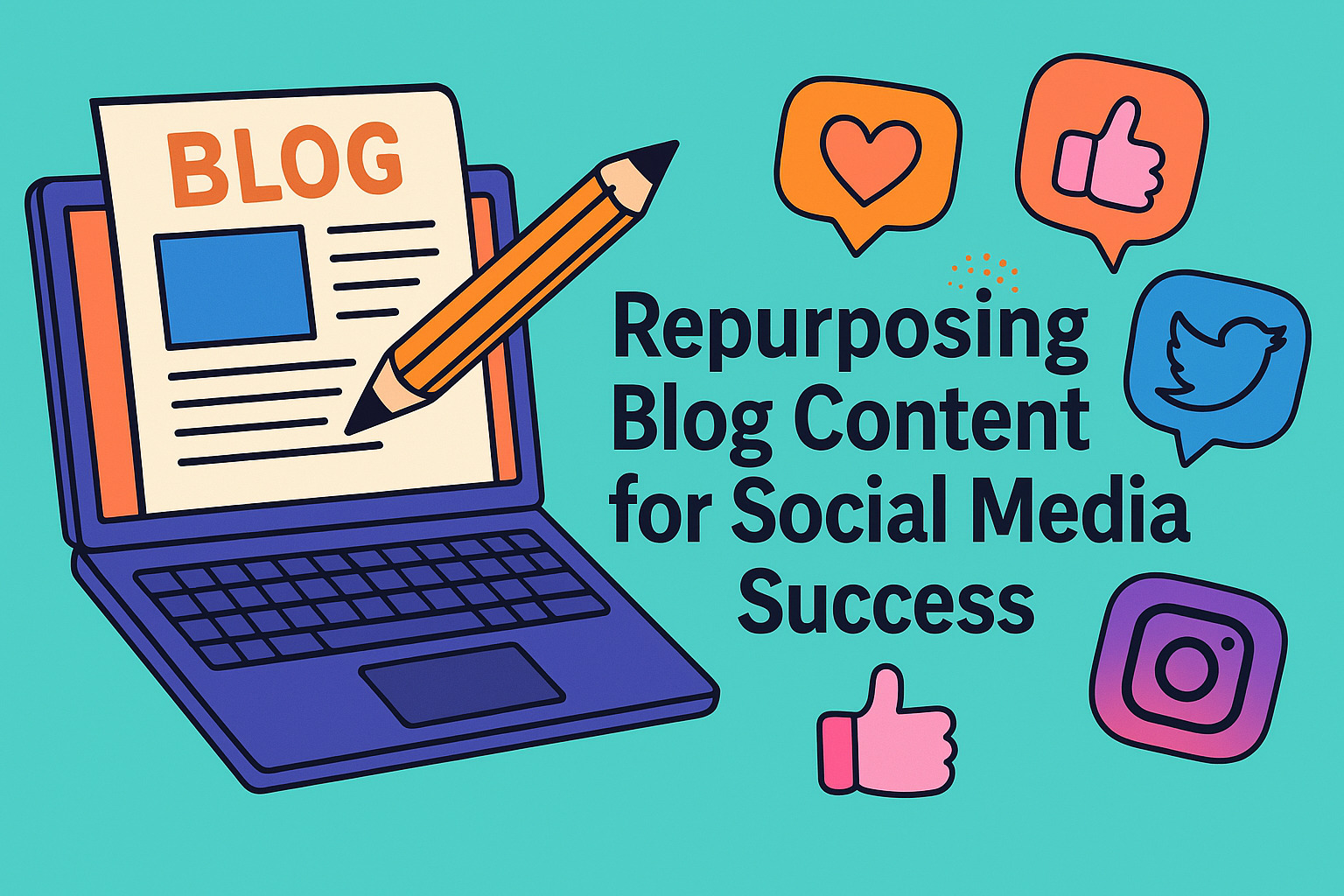
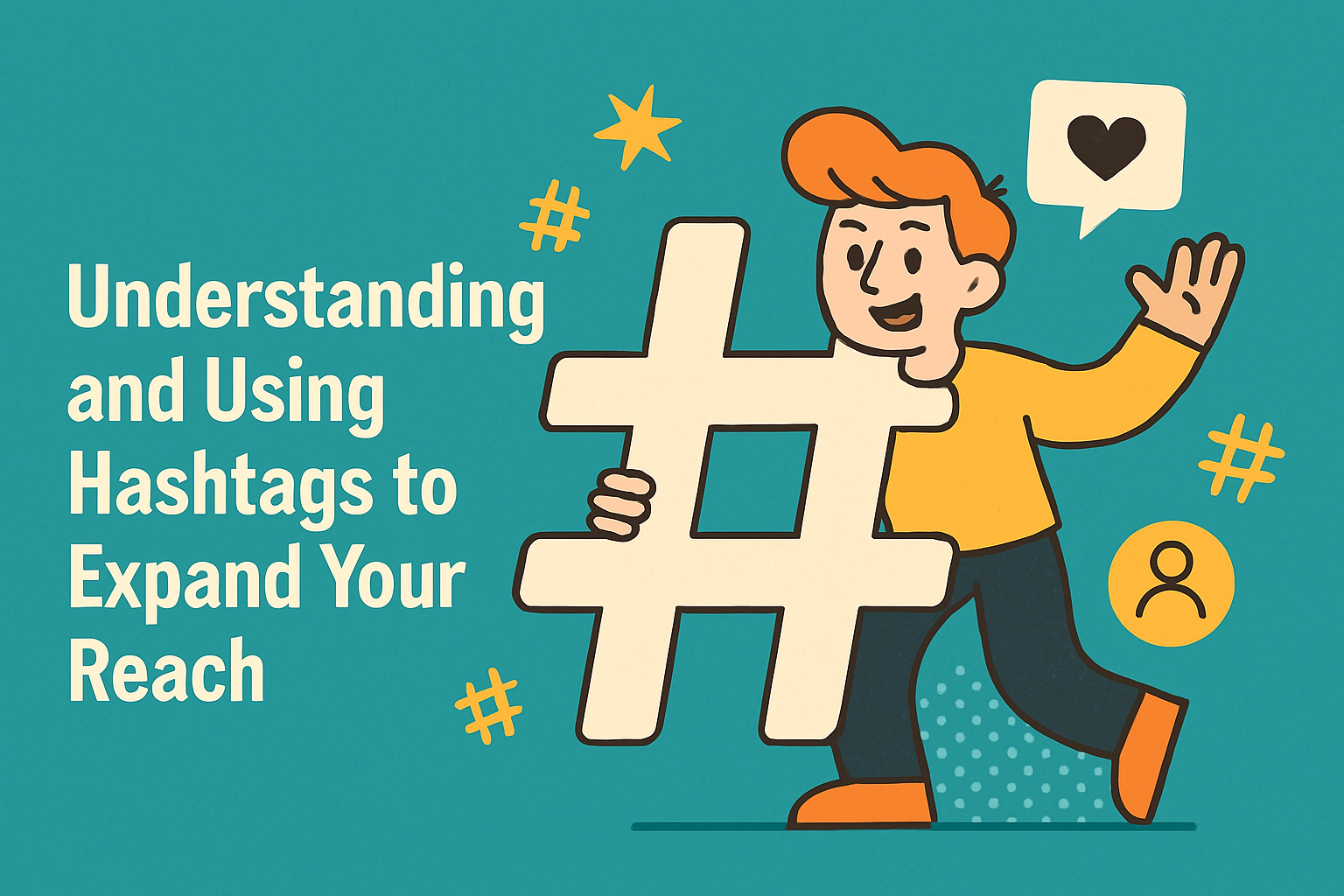



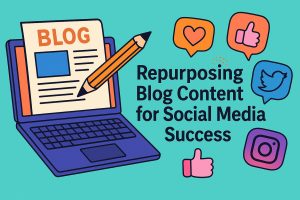
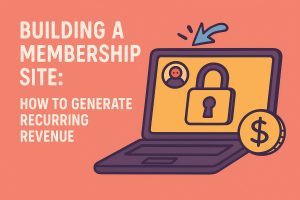

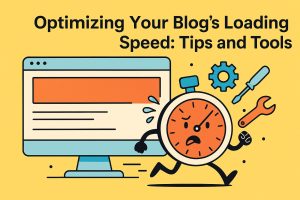

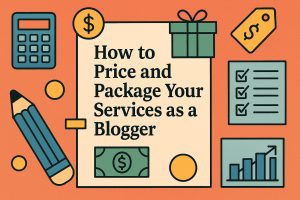
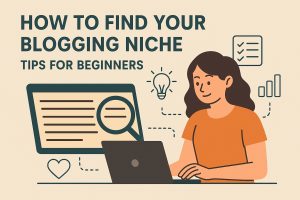
Post Comment